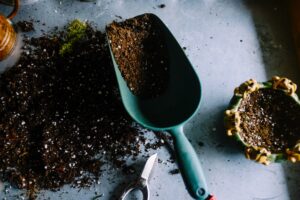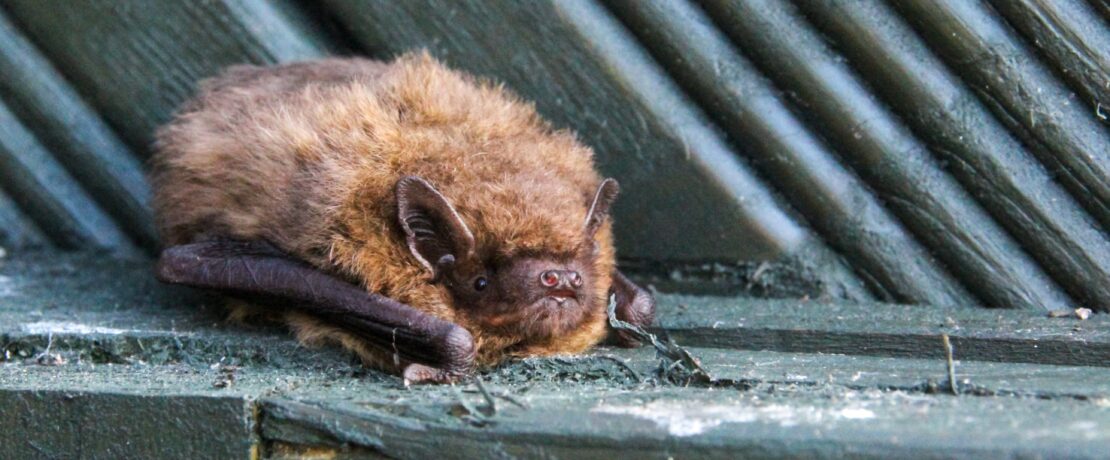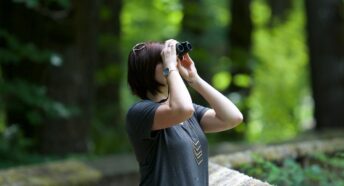If you go down to the woods tonight…
If you go down to the woods tonight… Hopefully you’ll see some bats!
Although under threat, we still have 17 known species of bat in the UK, which makes up more than a quarter of our wild mammal population.
Pipistrelles are the most common British bats, weighing about the equivalent to a 20p piece. With this average weight of 5g, I cannot literally say bats are worth their weight in gold (Gold currently selling at roughly £60 per gram.) I can however use that term to emphasise their benefits to the UK ecosystem which are priceless. British bats feed solely on insects so you’ll be pleased to know you won’t be finding any vampire bats in our woods. When it comes to insects however, they are hugely efficient hunters. Even a single bat is a great help in managing numbers of nocturnal insects, preventing infestations of many crop and forest pests by eating up to 3,000 insects a night. The benefits don’t end there though as bat guano has long been hailed as a soil enricher. Its low odour and high content of nitrogen, phosphate, and potassium make it a super food for plant growth.
The high nitrogen content can actually make plant leaves greener. Lastly, bat guano is teaming with powerful decomposing microbes, ideal in compost to significantly speed up the rate of decay.
During the winter months (Nov-April), bats take a break from fertilising and insect control and hide away to hibernate. Trees with holes or split limbs provide perfect spaces for bats to roost, meaning bats tend to prefer ‘Veteran’ trees as roosting sites. Therefore to help out our mini free flying mammals we should aim to retain dead or dying trees (where public safety is not compromised) and to encourage insect diversity, plant locally native tree species.
What is the secret to bats night time hunting efficiency?… echolocation. The process of emitting high frequency sound pulses through their mouth or nose, the sound of the echo then tells them the size, shape and texture of objects in their environment. Due to this unique navigation technique bats tend to use linear features as commuting routes between their roosting and foraging areas.

Making a hedgerow or woodland edge a dark, sheltered, safe corridor and perfect ‘flyway’ for moving through the countryside. Hunting often takes place close to rivers and other water features, as this is where prey is most abundant. However light pollution can draw insects away from these areas, leaving nearby common hunting spots depleted in insects and in turn reducing food available for light sensitive bats.
So turn of those outside lights if not needed, don’t be too hasty when removing old trees and help us protect our hedgerows. All whilst sparing a thought for our little winged friends, although weighing only the same as a humble sheet of paper, they are truly treasured members of our delicate ecosystem.









